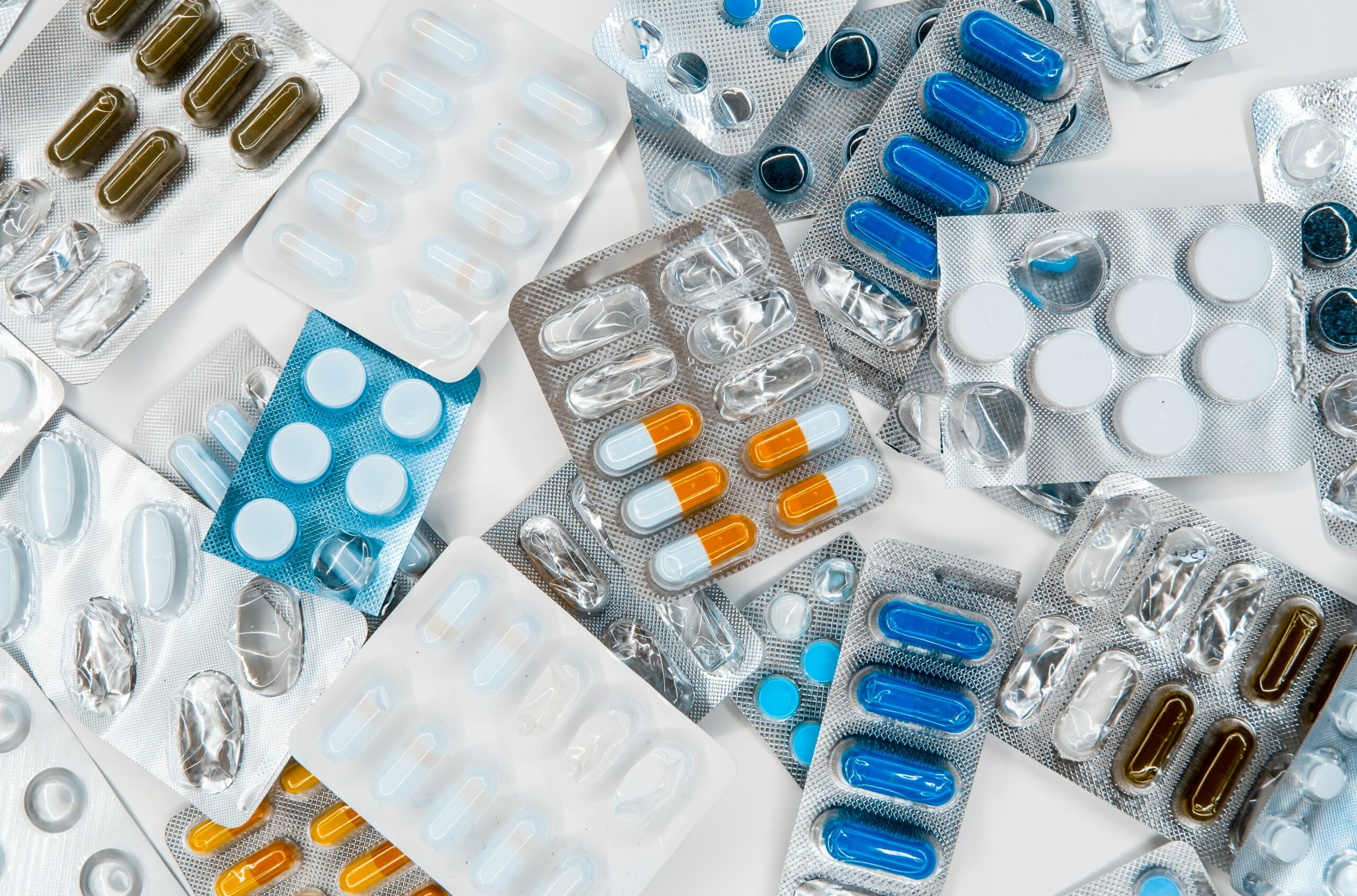Pharmaceuticals in surface waters


Pollutants of raising concern due to their significant presence in water bodies and the aquatic environment include pharmaceuticals and personal care products. They can and do have a negative impact on flora and fauna as well as on human health.
The most commonly observed types of pharmaceuticals in water include antibiotics, anti-inflammatory drugs, heart disease drugs, antidepressants and tranquillisers.
Since the discovery of the first antibiotic in 1929, various groups of antibiotics have been developed and their use in human and veterinary medicine has led to a significant reduction in mortality and complications caused by infections. However, the overuse of antibiotics has led to this powerful pharmaceutical invention becoming a potential threat to the environment and human health. From 2000 to 2015, the use of antibiotics has increased by 65% and it is predicted that this increase will reach 200% by 2030.
When a drug enters the body, part of the active ingredient is metabolised, while a larger part is excreted unchanged. The main sources of pharmaceuticals in the environment include hospital and industrial wastewater and municipal sewage treatment plants. Conventional wastewater treatment methods are not sufficiently effective and do not completely remove these substances, which then enter surface waters.
Although pharmaceuticals are present in rivers in relatively low concentrations, they have recently become a cause for increasing concern among scientists and experts. It is therefore important to systematically monitor pharmaceuticals and other pollutants in order to detect them in the environment in good time. At the same time, information on their behaviour in the environment, their harmful effects on water, sediment and biota is essential for the establishment of water quality criteria and standards for the discharge of pharmaceuticals.
To monitor the quality of surface waters, the Josip Juraj Strossmayer Water Institute has developed analytical methods for the identification and quantification of pollutants using high performance liquid chromatography coupled with mass spectrometry (HPLC-MS/MS). These very fast, reliable and sensitive methods monitor the presence of more than 100 different types of pharmaceuticals and their metabolites.
Regular analyses show that the concentrations of antibiotics and other pharmaceuticals in rivers contaminated with wastewater from public drainage systems are higher than in rivers that are not contaminated in this way. It is therefore very important to work continuously on the systematic monitoring of these pollutants alongside the construction of technologically advanced wastewater treatment plants.
